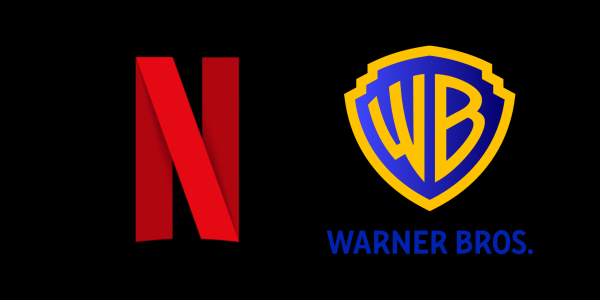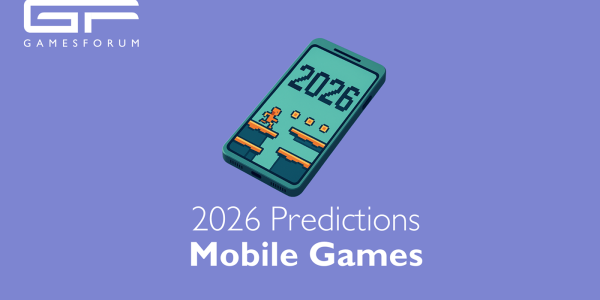“Lifetime Value is our Guiding Light” — How DTC Webstores Are Reshaping Game Growth

Ahead of her appearance at Gamesforum London in just a few weeks, Chloe Cave of Neon shares her perspective on the biggest opportunities and challenges shaping direct-to-consumer game commerce today. From turning operational hurdles into competitive advantages to redefining how developers build lasting relationships with players.
Since joining Neon, what growth challenge has stood out most to you in the DTC games space?
The main challenge of growth isn’t just building a webstore; it’s managing the complex operations that follow. Developers want to reach a global audience but often struggle with backend tasks like overseeing a Merchant of Record, handling tax and compliance in various countries, preventing fraud, and ensuring 24/7 player support. Our goal at Neon is to make this process seamless, allowing developers to focus on creating great games while enjoying the benefits of a direct relationship with their players. We aim to turn these operational challenges into a competitive advantage for our partners.
When evaluating a webstore’s performance, which metrics matter most for long‑term success?
We measure success by more than just momentary spikes. We look for signs of lasting loyalty and healthy growth. That means tracking repeat purchase rate and the time between purchases to see if players keep coming back, and watching ARPPU over months to understand if our monetization truly holds up over time. Lifetime value is our guiding light: are we deepening relationships and increasing the long-term worth of each player? To connect this to profitability, we focus on “mix shift,” the share of purchases and revenue moving from IAP to DTC, since that shift drives margin gains. It’s not about chasing quick wins; it’s about steadily building a base of high-value, loyal customers whose worth grows year after year.
Have you seen any unexpected trends in player behavior after webstore integrations?
One trend that’s stood out is how webstores change the timing and size of purchases. Without being tied to in-game store hours or event windows, players often choose to buy outside of peak gameplay; during commutes, lunch breaks, or even days after an event ends. This flexibility has led to more bulk purchasing, where players stock up on currency, bundles, or seasonal items in one go rather than making smaller, more frequent buys. It’s a different buying rhythm that not only smooths revenue patterns but also gives players a greater sense of control over when and how they engage with premium content.
Over time, this shift could fundamentally change how developers plan content drops and sales cycles, making commerce feel more player-driven than event-driven.
Done well, personalization turns the webstore into part of the player’s ongoing journey; anticipating their needs, surprising them with exclusive opportunities, and ultimately strengthening their emotional connection to the game. Over time, that connection drives both loyalty and lifetime value.
What role does personalization play in retaining players through webstores?
Personalization is at the heart of retention because it makes the store feel like an extension of the game rather than a separate transaction hub. When offers reflect a player’s past purchases, in-game progress, or preferred play style, they feel more relevant and timely. That relevance encourages players to return, explore, and purchase again. Done well, personalization turns the webstore into part of the player’s ongoing journey; anticipating their needs, surprising them with exclusive opportunities, and ultimately strengthening their emotional connection to the game. Over time, that connection drives both loyalty and lifetime value.
How do you see third‑party webstores changing the relationship between developers and players?
Third-party webstores are more than just an extra sales channel; they’re fundamentally reshaping how developers and players connect. By breaking down the walled gardens of traditional app stores, they create a direct, transparent line of communication. Developers gain richer first-party data, giving them a clearer understanding of player preferences and purchase behavior. They also gain more control over pricing, promotions, and the overall buying experience, free from platform restrictions. For players, this translates into exclusive content, better deals, and a stronger connection to the games they love. Over time, this shifts the relationship from purely transactional to one built on community, trust, and long-term engagement.
What’s the biggest obstacle developers face when adopting a direct‑to‑consumer model?
The biggest obstacle is often the fear of the unknown. Many developers have grown used to relying on established app stores for both distribution and monetization, so the idea of running a global e-commerce operation from scratch can feel overwhelming. Managing multiple payment methods, local currencies, tax laws, and fraud prevention isn’t just technically complex; it’s a distraction from core game development. There’s also the fear that a misstep could damage the player experience.
This is where a platform like Neon becomes essential. We take on that operational complexity, offering a turnkey solution that allows developers to embrace DTC with confidence. By providing the infrastructure and expertise, we free them to focus on building great games while still reaping the benefits of a direct player relationship. And as more studios overcome that initial hesitation, we’re going to see a faster shift toward DTC as the norm, not the exception, in the games industry.
Your Gamesforum London panel on “Leveraging Webstores to Drive Retention & Revenue KPIs,” - what discussion point do you think will spark the most debate?
I think the most spirited debate will be about how to balance margin gains with player experience. Many developers initially see webstores as a way to bypass platform fees and increase their revenue share, which is true, but the real question is what to do with that new-found margin. Do you pass it on to players through lower prices? Do you invest in exclusive, high-value content? Do you improve the overall player journey and community features? The most successful DTC strategies treat this margin not as a windfall but as fuel for long-term loyalty and engagement. How studios choose to reinvest that 15–30% gain could spark very different philosophies on the panel.
Looking ahead, where do you see the biggest opportunities for growth in the game commerce ecosystem?
The future of game commerce lies at the intersection of personalization, community, and global reach. Hyper-personalization will evolve beyond simple segmentation into AI-driven, real-time offers tailored to each player’s behavior and preferences. Webstores will become social hubs where players can not only purchase but also interact with developers, join exclusive events, and earn rewards for community participation.
And as the industry grows in emerging markets, the ability to seamlessly handle local payment methods, currencies, and tax regulations will open up enormous new revenue streams. The studios that will thrive are those that weave commerce into the fabric of the player experience, making it feel as integral to the game as the gameplay itself.
Don't miss out on hearing Chloe speak at Gamesforum London in just a few weeks - tickets are available here →













